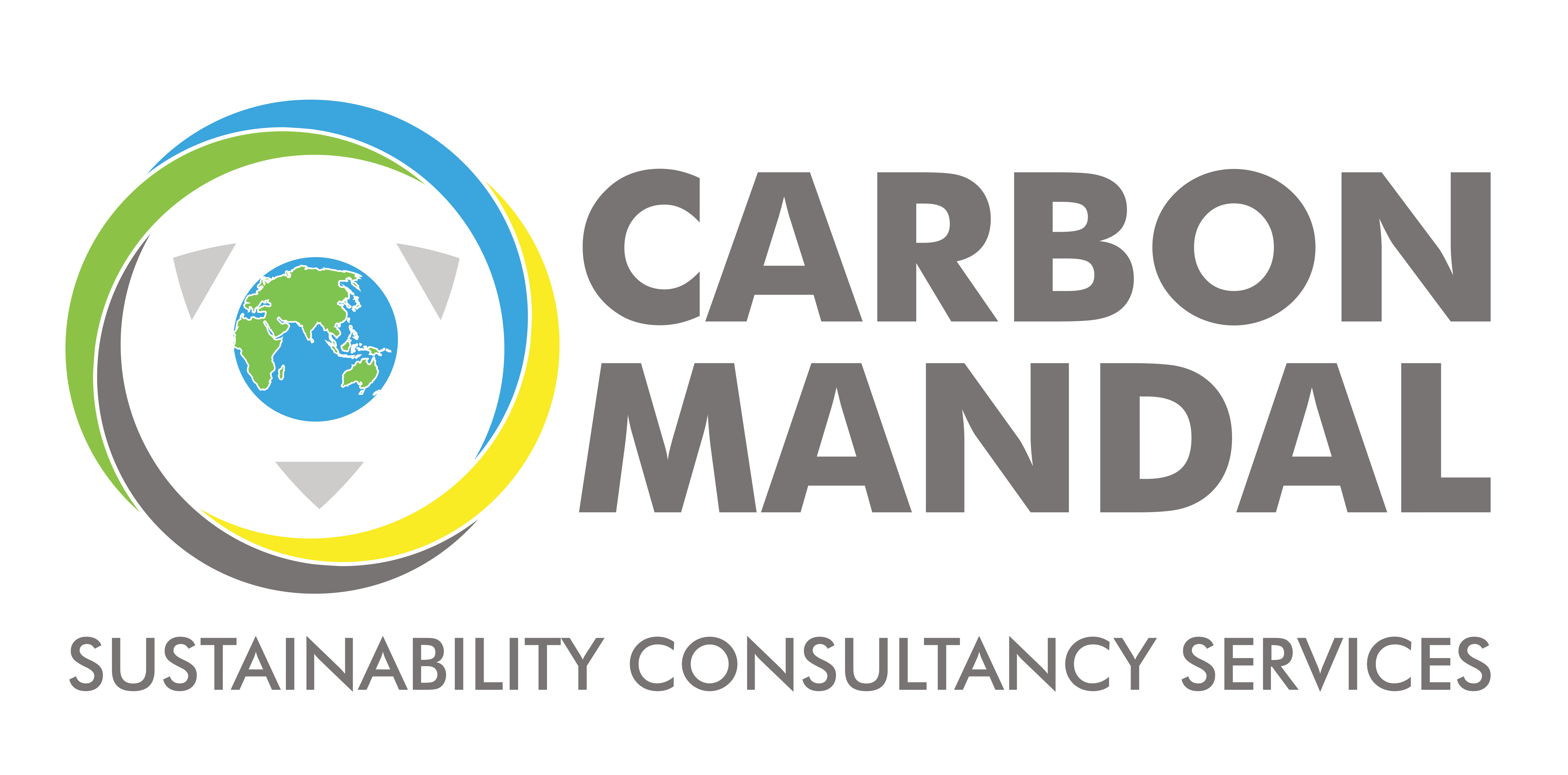Climate risk disclosure is essential for businesses amid growing climate challenges. India improves ESG reporting with SEBI regulations.
Understanding the Business Impact of Climate Change: The Growing Significance of Climate Risk Assessment and Disclosure
Amidst the rising temperatures, erratic monsoons, and the ever-increasing spectre of climate-related disasters, businesses face an imminent threat that transcends geographical boundaries. Failing to grasp the profound implications of climate change, companies risk not only disruptions in their supply chains but also face potential shifts in policies, damage to brand reputation, and a myriad of other challenges that may prove insurmountable without proactive climate risk assessment and disclosure.
Climate risk refers to the potential adverse impacts and consequences that climate change and extreme weather events pose to various aspects of society, the economy, and the environment. These potential risks are mainly linked to the shifting climate patterns and the disruptions they may generate. According to the Task Force on Climate-related Financial Disclosures (TCFD), climate risks can be divided into two categories – risks related to the transition to a lower-carbon economy and risks related to the physical impacts of climate change. Transition risks include policy and legal risks, technology risks, market risks and reputation risks. Physical risks on the other hand include acute risks (event-driven, including increased severity of extreme weather events, such as cyclones, hurricanes, or floods) and chronic risks (longer-term shifts in climate patterns (e.g., sustained higher temperatures) that may cause sea level rise or chronic heat waves.) [1] In order for companies to be well informed of the risks posed to their business, climate risk assessment and climate-related disclosure are of urgent importance. Based on a business priorities, there are various frameworks that can be used to disclose climate-related information. The widely used ones are TCFD, Global Reporting Initiative (GRI), CDP, SASB Standards (Sustainability Accounting Standards Board), and the India-centric Business Responsibility and Sustainability Reporting (BRSR).
As nations approach their Net Zero goals, the significance of non financial disclosures has heightened in the contemporary business landscape. The increasing emphasis on these disclosures is driven by investors and stakeholders urging companies to provide more comprehensive information regarding their sustainability and environmental, social, and governance strategies. Several legislative measures mandating non-financial disclosures are currently in preparation or have already taken effect, including:
● Regulation (EU) 2020/852 of the European Parliament and the Council, implemented in July 2020, establishes a framework for promoting sustainable investment (EU Taxonomy Regulation).
● The Corporate Sustainability Reporting Directive (CSRD) and the Directive onCorporate Sustainability Due Diligence Directive (CSDDD).
● SEBI mandated BRSR for the top 1000 listed companies in India [3]
India’s Evolving ESG Reporting Landscape: Progress, Regulation & Rising Global Recognition
According to a report by EY, Indian companies are trailing behind in both coverage and quality of reporting compared to global averages. Nevertheless, the number of Indian companies responding to disclosure platforms such as CDP is increasing. Notably, 2020 was the first year Indian companies were featured on the CDP A-List. A report by EY recorded a significant year-on-year improvement in coverage, which was up to 65% in 2022 from 49% in 2021 [4]
The rise in reporting is undoubtedly connected to recent regulations issued by the Securities and Exchange Board of India (SEBI). These regulations mandate the top 1,000 companies in the country to generate a business responsibility and sustainability report starting from the financial year 2022-2023. For the preceding financial year (2021-2022), companies were encouraged to voluntarily create these reports.[5]
As of July 2023, SEBI mandated the top 150 listed companies to seek assurance for their BRSR Core reporting. BRSR Core comprises key indicators across the 9 ESG principles. Mandatory assurance will gradually be required by the top 1000 listed companies by 2026-27. Further, listed companies must include value chain disclosures in their Annual Report, following the BRSR Core. The value chain should cover the major partners both upstream and downstream of the listed entity, accounting for 75% of its purchases and sales by value. This positions India in a good place with respect to the assurance of ESG reporting [10]
S&P Global ESG Scores raw data, based on the 2022 S&P Global Corporate Sustainability Assessment (CSA) reports about one-quarter of Indian companies (24%) have a plan to adapt to the physical impacts of climate change, compared with the global average of 21%. Further, nearly 40% of India-headquartered companies conduct physical risk assessments.[6]
Navigating ESG and Climate Disclosure Challenges In India: Strategies, Barriers and Opportunities
Companies are grappling with challenges in establishing effective systems for tracking and reporting crucial metrics, with regulatory mandates often necessitating collaboration with various protocols or frameworks to ensure meaningful disclosures. Carbon emission disclosures, for example, require expertise in GHG protocols and carbon accounting mechanisms. However, many Indian businesses lack the required expertise and capacity for these demanding processes, which can lead to reporting fatigue. Nevertheless, innovative approaches and strategic partnerships can facilitate sustainability integration, ultimately enhancing long-term growth prospects. India faces a multitude of hurdles in embracing Environmental, Social, and Governance (ESG) principles due to factors spanning regulatory, economic, cultural, and infrastructural realms. These challenges encompass gaps in ESG awareness and education, difficulties in aligning ESG with business strategies, a short-term financial focus, concerns about data quality and availability, issues related to materiality assessments, regulatory fragmentation, financial
burdens linked to ESG adoption, cultural and social factors, supply chain complexities, and
the risk of “greenwashing.” However, despite these challenges, India is witnessing growing interest in ESG adoption, with businesses increasingly recognizing the potential benefits, including improved reputation and better access to capital. To overcome these hurdles, businesses must set clear ESG
goals, develop comprehensive ESG strategies, gain stakeholder support, provide ESG training, and collaborate with ESG experts. These efforts can position Indian businesses for long-term success and align them with global sustainability goals and frameworks. Moreover, ESG practices offer advantages such as alignment with sustainable development goals, access to green finance, enhanced innovation and efficiency, positive societal and environmental impact, and improved brand value.
Efforts to mitigate and adapt to climate change can produce opportunities in the form of resource efficiency and cost savings, low-carbon energy transition, new products and services, and supply chain resilience. According to CDP in 2021, 87% of the responding companies identified climate-related opportunities as having the potential to make a substantive financial or strategic impact on their business performance.[7]
India’s commitments to net-zero targets require more companies to come forward and set climate goals supported by adequate disclosures for transparency and accountability. Businesses are a very important part of climate action efforts and need to emerge as active collaborators in this conversation. Progress is visible, but the pace is very slow and thus the targets are at risk of being too ambitious and not being achieved in the given timeframe.
Reach out to Carbon Mandal by writing to us at info@carbonmandal.com to start your ESG reporting journey!
List of references:
- Task Force on Climate-related Financial Disclosure. (2017) Recommendations of the Task Force on Climate-related Financial Disclosures.
https://assets.bbhub.io/company/sites/60/2021/10/FINAL-2017-TCFD-Report.pdf .
Accessed 11th October 2023 - PricewaterhouseCoopers. (2022) Task force on climate-related financial disclosures – 2022 Status report.
https://www.pwclegal.be/en/news/task-force-on-climate-related-financial-disclosure
s—2022-statu.html. Accessed 11th October 2023 - PricewaterhouseCoopers. ESG reporting and preparation of a Sustainability Report.
https://www.pwc.com/sk/en/environmental-social-and-corporate-governance-esg/es
g-reporting.html. Accessed 12th October 2023 - Ernst & Young. (2021) Global Climate Risk Disclosure Barometer.
https://assets.ey.com/content/dam/ey-sites/ey-com/en_gl/topics/assurance/ey-if-the-climate-disclosures-are-improving-why-isnt-decarbonization-accerlerating.pdf
Accessed 12th October 2023 - Ernst & Young. (2022) Global Climate Risk Disclosure Barometer.
https://assets.ey.com/content/dam/ey-sites/ey-com/en_gl/topics/climate-change/e
y-global-climate-risk-barometer-report-v2.pdf. Accessed 18th October 2023 - Jennifer Laidlaw, S&P Global. (2023) With Physical Climate Risks Increasing in India, Adaptation Strategies Take Priority.
https://www.spglobal.com/en/research-insights/featured/special-editorial/look-forw
ard/with-physical-climate-risks-increasing-in-india-adaptation-strategies-take-priority .
Accessed 13th October 2023 - CDP. (2022) Disclosure: Imperative for a Sustainable India.
https://cdn.cdp.net/cdp-production/cms/reports/documents/000/006/164/original/
CDP_AnnualDisclosureReport2021_V7.pdf?1663682392 . Accessed 17th October2023 - European Financial Reporting Advisory Group. How To Improve Climate-Related Reporting.
https://www.efrag.org/Assets/Download?assetUrl=/sites/webpublishing/SiteAssets/
European%20Lab%20PTF-CRR%20%28Supplement%201%29.pdf&AspxAutoDetectCo
okieSupport=1 . Accessed 18th October 2023 - KPMG. (2022) Challenges and opportunities in ESG reporting and assurance.
https://kpmg.com/xx/en/blogs/home/posts/2022/12/challenges-and-opportunities-i
n-esg-reporting-and-assurance.html . Accessed 19th October 2023 - Security Exchange Board of India. (July 2023) Circular No. – SEBI/HO/CFD/CFD-SEC-2/P/CIR/2023/122.
https://www.sebi.gov.in/legal/circulars/jul-2023/brsr-core-framework-for-assuranceand-esg-disclosures-for-value-chain_73854.html . Accessed 26th October 2023.













